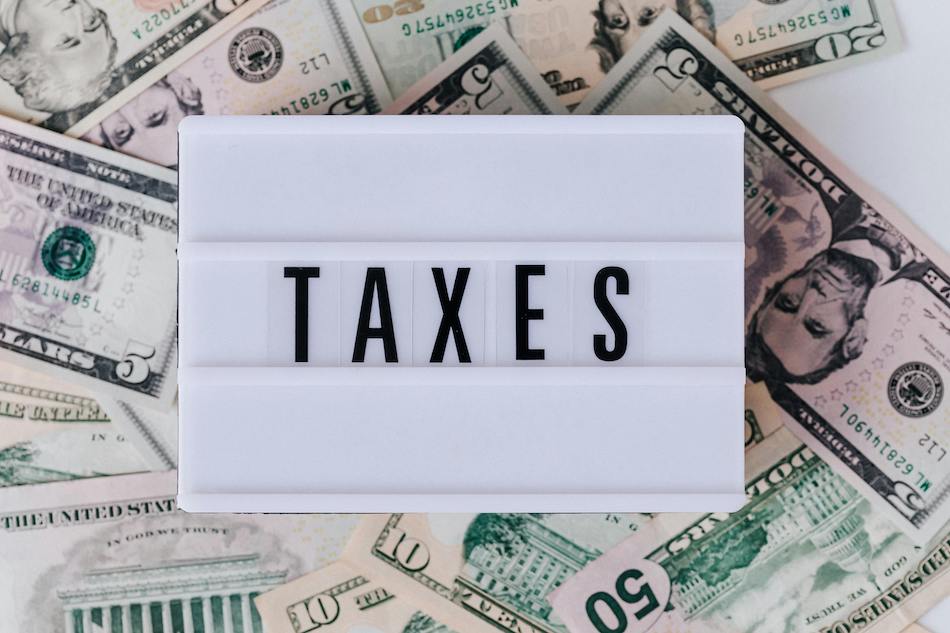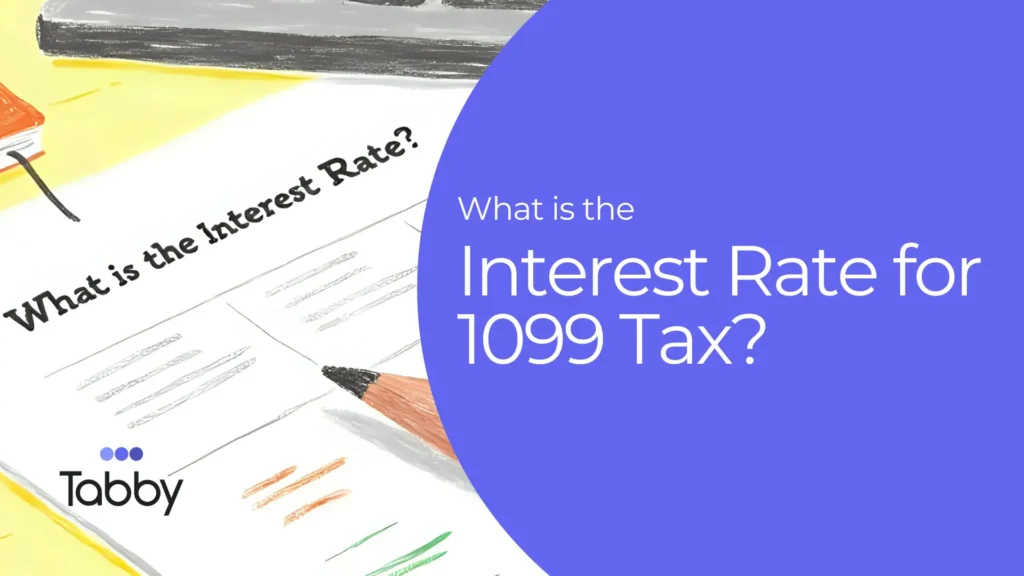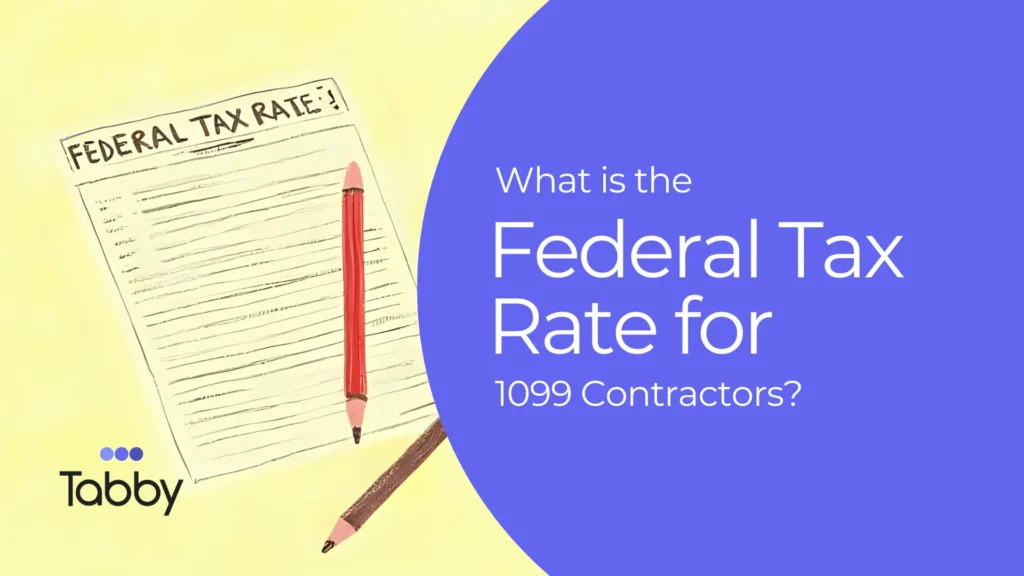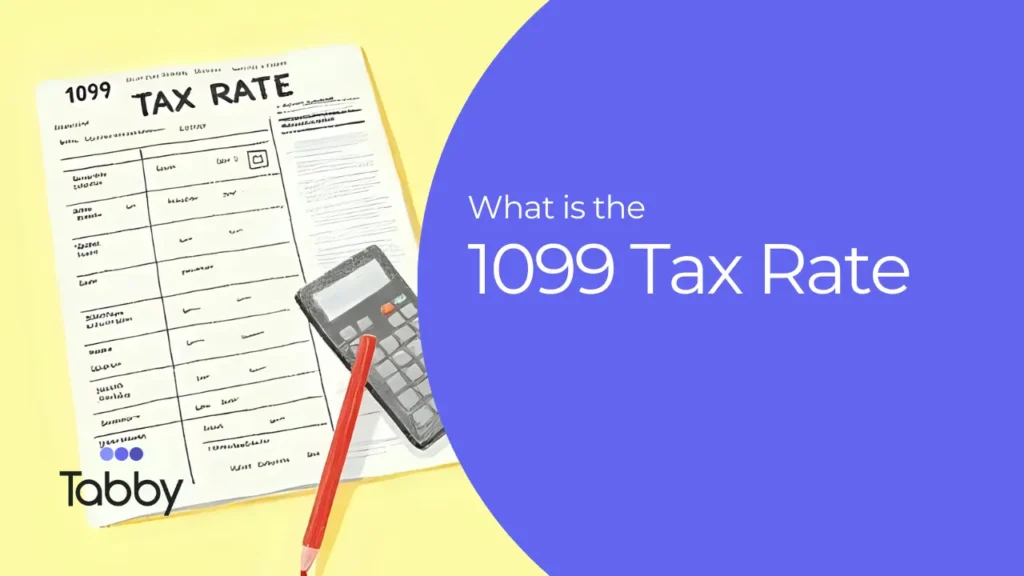- Financial Planning,
- Finance,
- Tax Preparation,
- | October 21, 2025
How to Plan for Quarterly Taxes (Without Getting a Surprise Bill)

Freelancers and self-employed workers enjoy the flexibility of being their own boss, but one major challenge they face is handling taxes. Unlike traditional employees who have taxes withheld from their paychecks, self-employed individuals must estimate and pay their own taxes every quarter. Failing to plan properly can lead to underpayment penalties or a hefty 1099 tax bill at year-end. Here’s how you can effectively plan for quarterly taxes and avoid unwelcome surprises.
How to Plan for Quarterly Taxes
1. Understand Your Quarterly Tax Obligations
If you’re self-employed and expect to owe at least $1,000 in taxes for the year, the IRS requires you to make estimated tax payments quarterly. These payments cover:
- Income tax
- Self-employment tax (Social Security & Medicare)
Quarterly tax deadlines typically fall on:
- April 15 (for January–March income)
- June 15 (for April–May income)
- September 15 (for June–August income)
- January 15 of the following year (for September–December income)
Missing these deadlines can result in penalties and interest, so it’s important to stay on schedule.
2. Estimate Your Tax Liability Accurately
To avoid overpaying or underpaying, estimate your tax liability based on your projected income and deductions. A simple way to calculate your estimated taxes:
- Estimate your taxable income – Review past earnings and current trends.
- Calculate self-employment tax – This is 15.3% of net earnings.
- Apply income tax rates – Use the IRS tax brackets for your filing status.
- Factor in deductions and credits – Business expenses, home office deductions, and other write-offs can lower taxable income.
Many freelancers set aside 25-30% of their income for taxes to ensure they have enough to cover quarterly payments.
3. Separate Your Business and Personal Finances
To make tax planning easier, keep business and personal finances separate. Use a dedicated business bank account and credit card to track income and expenses accurately. This not only simplifies tax preparation but also ensures you don’t miss deductions.
4. Keep Track of Expenses and Deductions
Maximizing deductions reduces your taxable income, lowering your tax bill. Common deductions for freelancers include:
- Home office expenses (if you use part of your home exclusively for business)
- Internet and phone bills (business-related portion)
- Business software and subscriptions
- Office supplies and equipment
- Marketing and advertising costs
- Travel and mileage
Using an AI-powered bookkeeping tool like Tabby can automate expense tracking and categorization, making tax season stress-free.
5. Automate Quarterly Tax Payments
Avoid missed payments by setting up automated tax transfers to a separate savings account or scheduling payments through the IRS Direct Pay system. Some bookkeeping software also allows you to estimate and schedule payments in advance.
6. Adjust Estimates as Needed
Freelance income can fluctuate. Regularly review your earnings and tax estimates to adjust payments accordingly. If your income increases significantly, making additional payments can prevent underpayment penalties.
7. Get Professional Guidance When Needed
Tax laws and deductions can be complex. If you’re unsure about calculations or tax-saving strategies, consult a tax professional or use AI-powered tax tools to optimize your quarterly payments.
Stay on Top of Quarterly Taxes with Tabby
Tracking income, expenses, and estimated taxes manually can be overwhelming. Tabby automates your bookkeeping and tax calculations, ensuring you never miss a deadline or deduction. Take control of your finances and avoid tax surprises. Try Tabby today!




